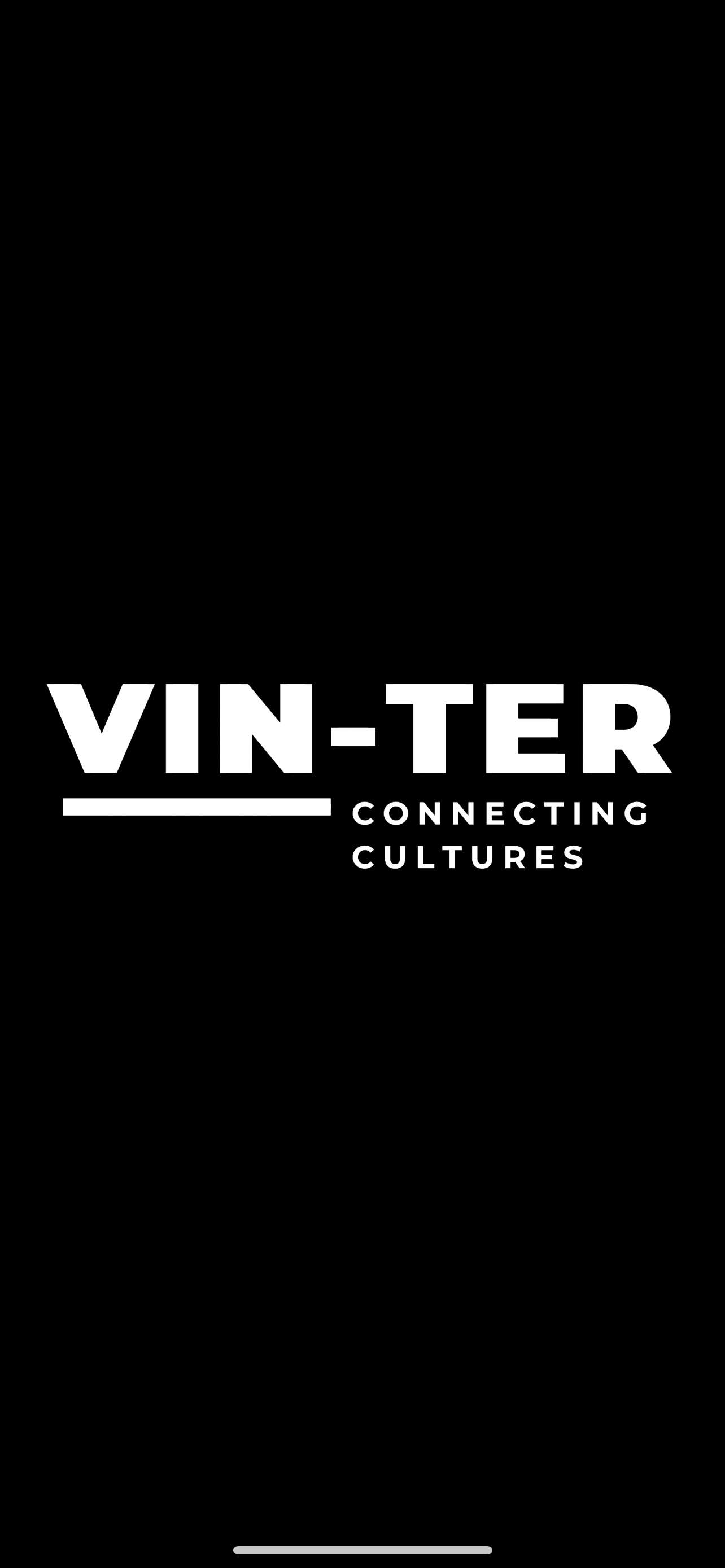The Korean Alphabet - Hangeul
- Vin-Ter Language School
- Apr 16
- 2 min read
Updated: Apr 17
The Korean writing system, Hangeul is based on a few fundamental rules. Each syllable is built from 2 or more letters and can be broken down into a consonant (initial consonant), a vowel, and an optional final consonant (batchim). If a syllable begins with a vowel, the consonant ㅇ (-/ng) is used and it is a silent placeholder.
Key Rules for Syllable Formation:
Syllables Begin with a Consonant: Each syllable block starts with a consonant.
가 나 다 라 마 바
Vowel Syllables: If a syllable starts with a vowel, the silent consonant ㅇ (-/ng) is used before the vowel.
아 이 우 에 오
Structure: The basic structure is: Initial consonant + vowel + optional final consonant (batchim).
ㄱ+ㅏ+ㄴ g + a + n
Batchim: The final consonant (batchim) is placed at the bottom of the syllable block.
ㄱ+ㅏ+ㄴ = 간
Reading: Hangul is read from left to right and top to bottom.
Additional Notes:
Consonants and Vowels: Hangul has 14 consonants and 10 vowels.
Pronunciation Changes: Some consonants change their sound depending on their position within a word.
Syllable Blocks: Syllables are grouped into blocks, and each block represents one syllable.
Word Formation: Hangul letters combine to form syllables, which then build words.
Hangul is made up of 24 basic letters, 14 of which are consonants (ㄱ ㄴ ㄷ ㄹ ㅁ ㅂ ㅅ ㅇ ㅈ ㅊ ㅋ ㅌ ㅍ ㅎ) and 10 of which are vowels (ㅏ ㅑ ㅓ ㅕ ㅗ ㅛ ㅜ ㅠ ㅡ ㅣ). Additionally, the Korean alphabet has 19 complex letters with 5 combined consonants (ㄲ ㄸ ㅃ ㅉ ㅆ) and 11 complex vowels (ㅢ ㅚ ㅐ ㅟ ㅔ ㅒ ㅖ ㅘ ㅝ ㅙ ㅞ).


Comments